︎ INTERVIEW: NOHBORDS - CONTEMPORARY DANCE & VISUAL ART
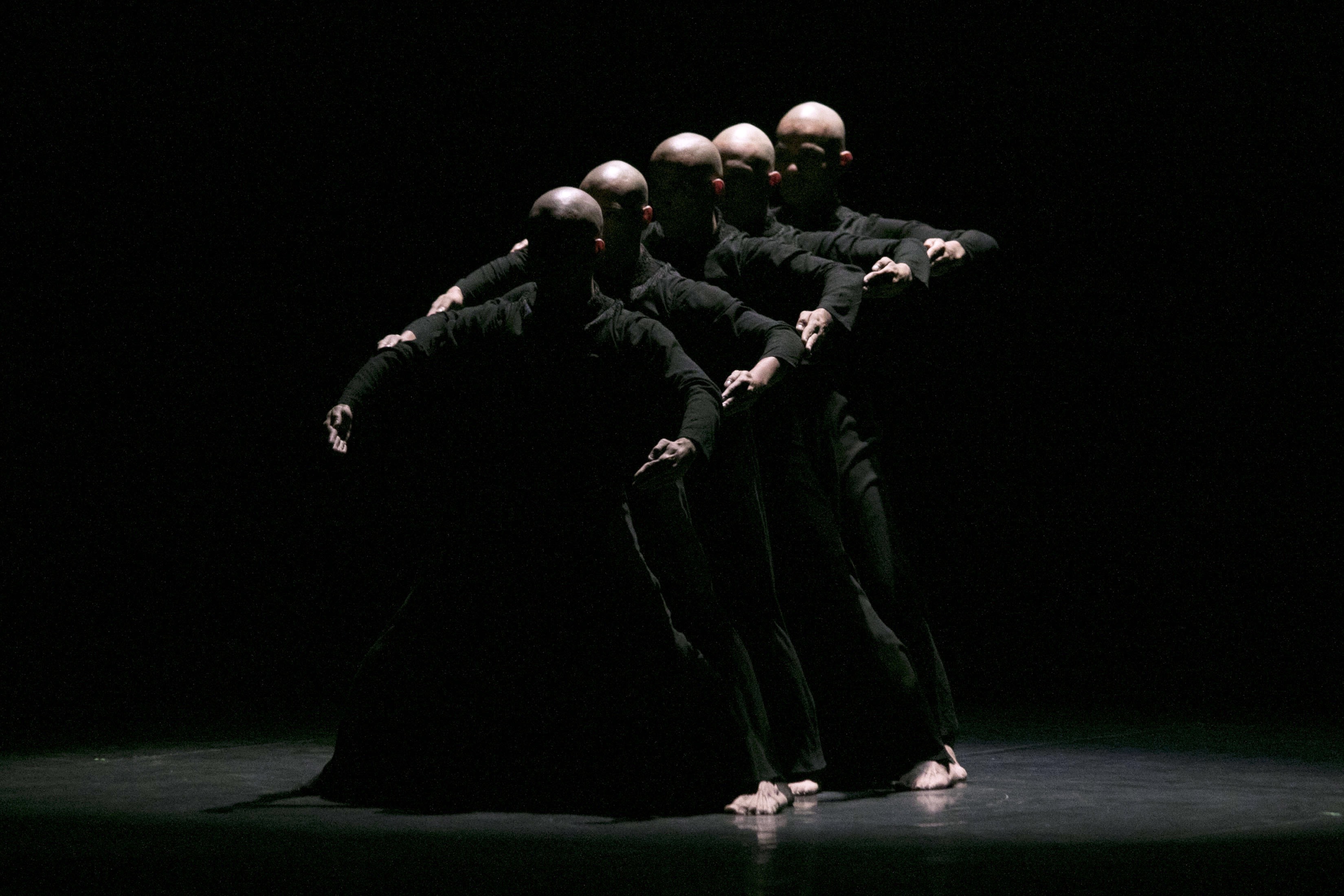
NOHBORDS are an artistic project-based company, making contemporary dance and visual art, based in Mexico City. Nohbords are directed by independent scenic artist; DIEGO MUR. Nohbords was conceived as a space dedicated to the study and exploration of the human body and movement applied to different disciplines of art and experimentation, with the purpose of creating scenic works based on alternative fields.
Since 2014, Nohbords has collaborated with artists with different creative approaches, for the realisation of works that prove that the scene is the construction of a concept. Nohbords believe their work should not be limited by a rigid structure, but based on the development of laboratories or creative processes, in collaboration with all means of artistic expression, resulting in a scenic integration.
Nohbords present their work in all manner of ways including; short documentary, fiction documentary, video art, choreographic pieces and interventions with multimedia art. Their audio visual works have been selected to be shown on international platforms such as NOWNESS, Design Week Mexico, and the Agita and Sirva Dance Video Festival, showing in countries including; Ecuador, Colombia, Brazil, Stockholm, France, Italy and Spain. They received the Agita and Sirva Dance Video Award in 2015 with, ‘Le Corps De L’Autre’, and the FICD5 Award from the International Film in the Desert Festival with ‘Skin’. Their stage work has been presented in alternative spaces, art galleries, and theatres such as the Mexican Culture Seminar, the UNAM Dance Room and Esperanza Iris City Theater.

Call you tell the readers about your background?
I am DIEGO MUR, a choreographer and contemporary dancer born in Los Mochis, Sinaloa, a small city located in the north of Mexico. I started my professional dance studies in 2010 in Hermosillo, Sonora at the school project of one of the most important companies in the country, directed by Miguel Mancillas and Isaac Chau. By the end of 2014, I was finishing my process as a student and I moved to Brussels, Belgium to begin my process as an independent dancer, choreographer and artist. I did a residency at Dans Centrum
Jette directed by Roxane Huilmand and it was there where I discovered I wanted to make my own projects and become a director.
Have you always had an artistic curiosity from an early age?
Yes, since I remember. I was always a kid who was disposed to creativity; I’ve always been in love with moving, spinning, dancing, jumping, imagining and making up stories.
How would you define dance and visual art, and what distinguishes the two mediums?
I think the difference between dance and visual art is the experience. Dancing, like any living art form, generates a constant feeling of rush and expectation. There is a possibility to make a mistake and an open and raw feeling to that. You can recognise the effort in the dancers and it makes you understand the complexity of what the body experiences, to find your own concept of the demand that a performing act symbolises. Visual art is more of a process form of approximation with a goal of putting the audience in a
universe already created by the artist. A kind of collective consciousness goes far from even imaging the mistake. You are able to control and approach the perfection that transports you to an imagination with no room for errors.
Can you remember your first memory dancing?
I remember when I was in elementary school and at break time I used to dance to all of my friends. They asked me to dance and we had a great time together. I rehearsed my favorite song and they used to make a circle around me and watch me dance. I sometimes taught them the moves too.
How would you explain your work to people experiencing it for the first time?
Generally, I prefer to talk as little as I can about my work, some things (most of them) I am still experimenting and researching. I am open to continue learning and finding myself out as a choreographer and creative. However, something I can truly say is that my choreography is for everybody. I am not interested in creating pieces with intellectual messages only. I love to feel that everyone is capable of connecting with my work. Besides my natural instinct of moving, folklore dances of Mexico are something that brings me closer to dance. Urban dances are far removed from the academic world. I would like to know that people perceive my work in the simplest way, just like how I feel when I see people dance in parties or on the streets.
What research is currently most informing your practice?
In my research, there are some paths I am following and all of them together are what currently represent me. I am always trying to research my origin, to find my style and my own way to create. I try to materialise my ideas. I am looking to transmit everything that moves me; I want to heal and express personal moments and obsessions. I am in a constant research of inspirations, always focussed on discovering my present mottos.

What are your main artistic influences?
Currently Mexican folklore is my major inspiration.
Can you name three people who have shaped the ethos of your work most?
Miguel Mancillas, Citlali Ávalos, Isaac Chau and Arturo Lugo. The first three were my teachers. The fourth is a friend and colleague. Without doubt, these people have a presence in my creations all the time and they inspire and build me as a dancer, and as a choreographer.
What response do you want to evoke in your viewers when experiencing your work?
Magic and poetry. I would like to know the audience lived an extraordinary moment.
What are you working on currently?
We are working on a new piece called ‘Dorje’. It’s a choreography detached from ‘MOVE movement trigger’ a workshop for the research of body patterns and different concepts like balance, weight, vertigo, suspension and transit.
What is your daily workspace like?
My daily workspace is different all the time. We are a project that doesn’t have government support and consequently we work in different spaces, so we always adapt to the available space in the moment for rehearsals. We are a team and work together for this project to happen. We have daily training but always in constant change and adaptation.
What are your aims in 2019 and how do you see your work developing?
This year has been difficult in many aspects; we experienced some changes. I founded Nohbords in 2014, and then in 2017, the direction became shared between of us and the productions increased. Now it is only me directing but I work with other dancers and artists. We are always evaluating different approaches and creating material together. We are a team. I am interested in making a permanent group of dancers and be
able to go deeper in my movement investigation. It is hard and sometimes a struggle with short processes, especially to have to start over all the time. However, I love the transit of different people, and it is wonderful to have the opportunity to direct many talented dancers, with such divergent minds. I will keep that in mind.
What are the best and the worst things about being an artist?
The intensity of emotions. I am extremely passionate with my art. Every time I tried to take that into a more spiritual course to be able to understand it from there and not from the perfection, like so far.
You recently released a short film named ‘Ecos’ on Nowness. Can you describe your
interest in the collaboration between dance and architecture? ‘
‘ECOS’ is a video art directed by Andres Arochi. It’s a collaboration with many artists, including;
Sebastian Lechuga and Alia Gonzalez. I feel so proud of this project because I had the opportunity to acknowledge the work of the most important architect in Mexico, which was an honour. Unconsciously, something has always fascinated me about architecture. I have the tendency to imagine for long periods of time how will I put the choreography (dance) in photographs of public spaces. When you imagine somebody dancing between two buildings or in a passage with soft light in the middle of the street,
in some museum gallery or at the bottom of a monument, it is a kind of a poetry. I guess I’m interested in turning the ordinary into something extraordinary. Sometimes I feel we get used to how astonishing architecture is and we ignore it, we overlook where it places us and how it communicates with us.
Which architect are you most obsessed with and why?
I am going to go with Barragán and Tadao Ando. They are two important architects I had the privilege to study and somehow experience.
How does Mexico City influence your work?
I think the city influences me a lot. I have always believed that we cannot escape out of our social environment when we create.
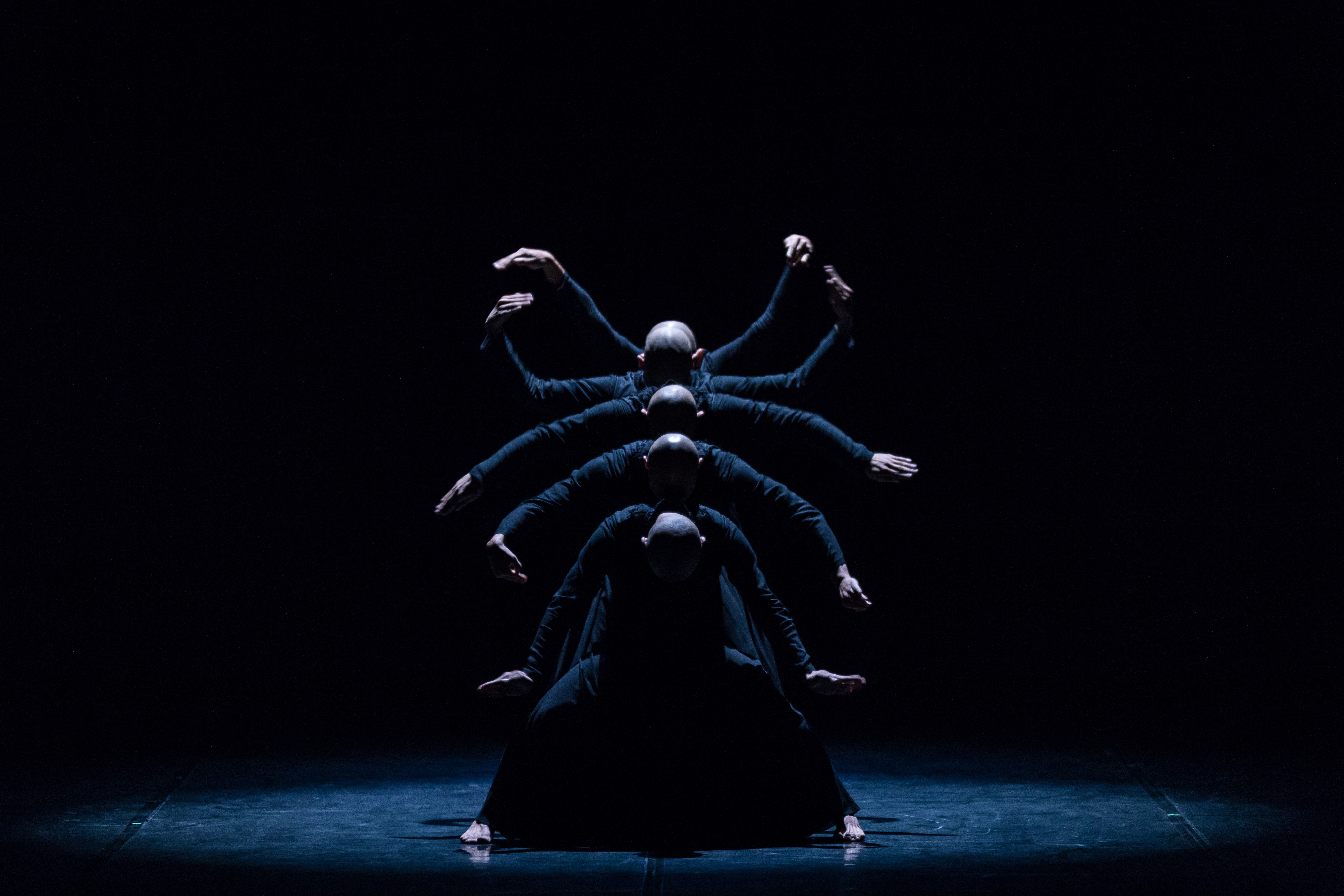
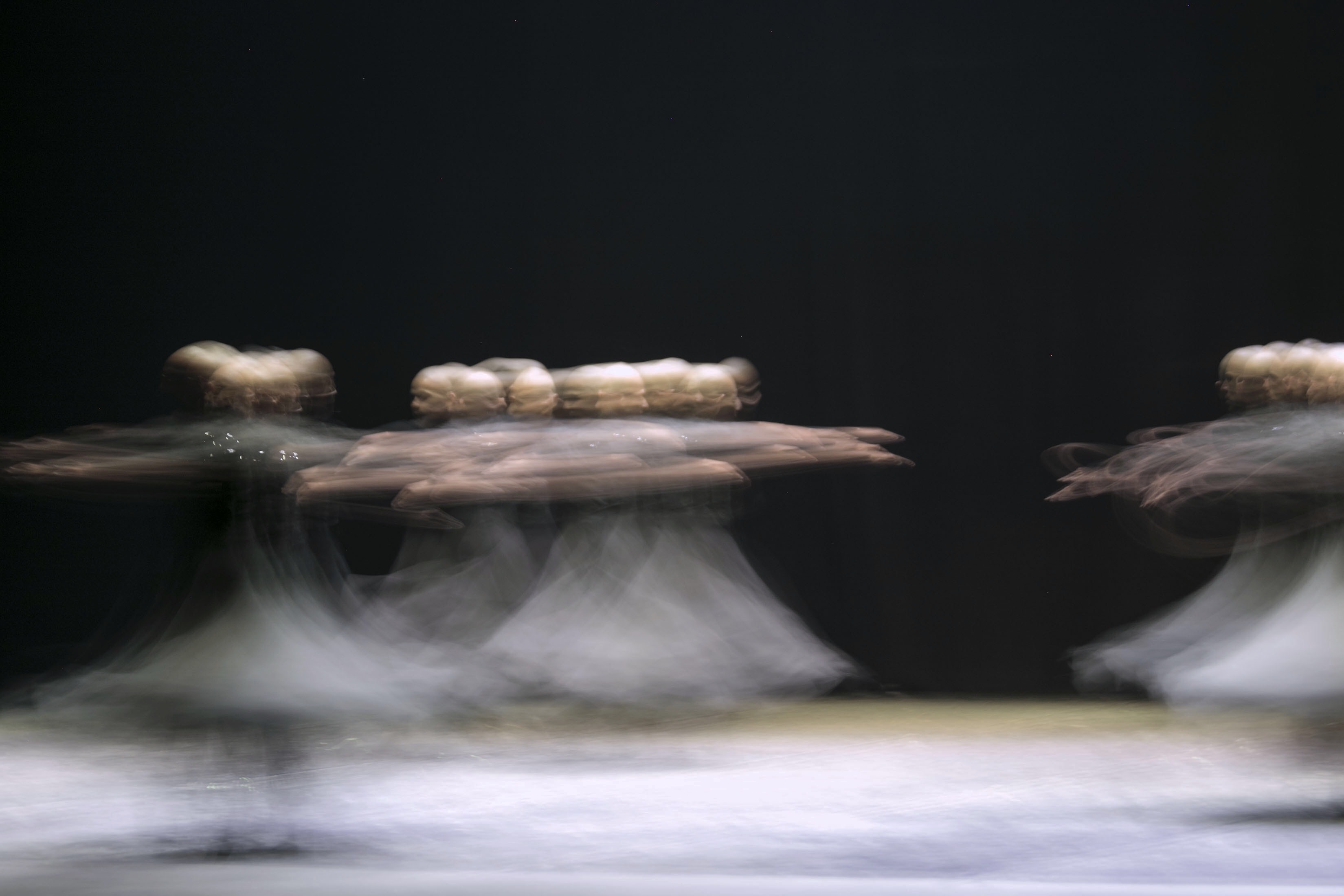
Could you explain the history of humanity inspired your work, ‘1Q90’?
Yes, I like to think of ‘1Q90’ as a fictional piece. Creating a parallel universe is always something present in my imagination and I love to believe there are more realities than this. When I was a kid, I dreamt of myself having psychic powers, to move objects without touching them *haha*. Today I have discovered with dance, the power of the mind, the body and the energy, that there is an approach to that utopia. Learning to move and control my body and emotions, to reach physic and mental states I haven’t reached before, it is
a feeling I wanted to express in ‘1Q90’. Dance gives the freedom to find that connection or disconnection with multiples imaginations.
You sometimes make work for the stage but mostly your work is site-specific. Why is
this?
It is definitely the most powerful tool we have at present. To create dance choreographies in a poor, corrupted country where art and culture is indifferent, can be super difficult. Young people must find our own way in order to find exposure platforms. I have found it functional to me; it allows me to explore other languages and practices to apply to dance.
How important is working collaboratively to your practice?
It is the most important thing. Having relationships with other artists and professionals from different fields and practices is what makes Nohbords works.
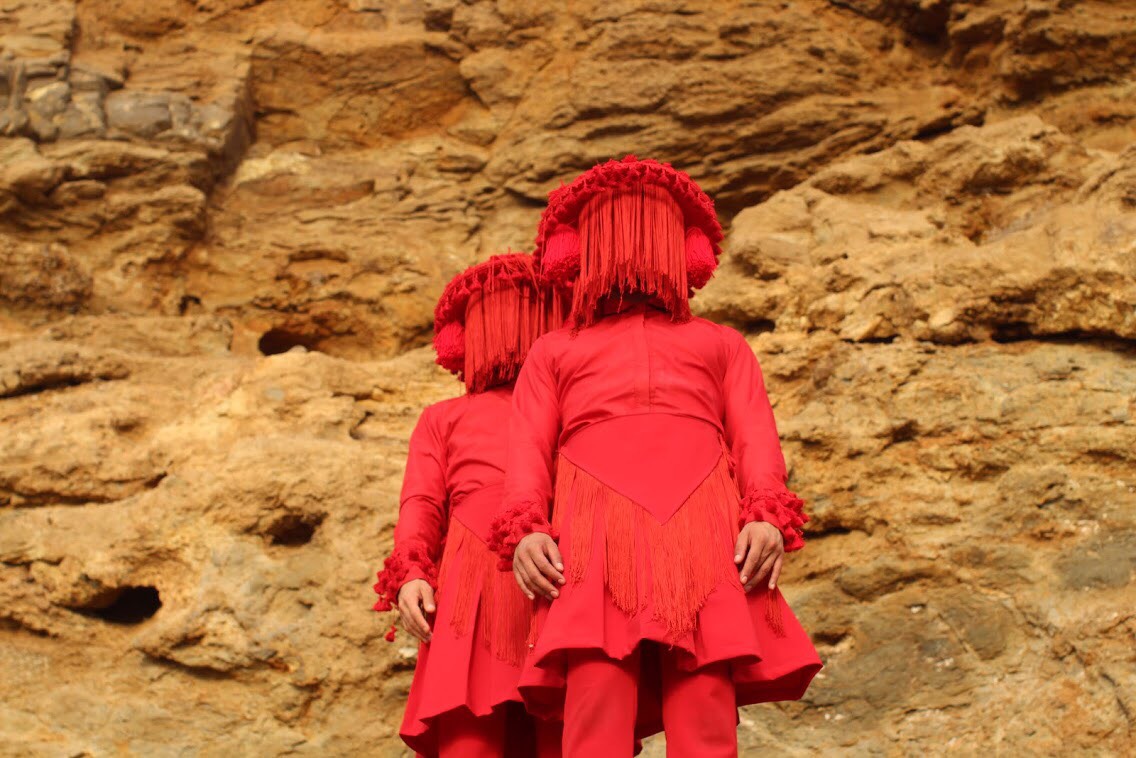
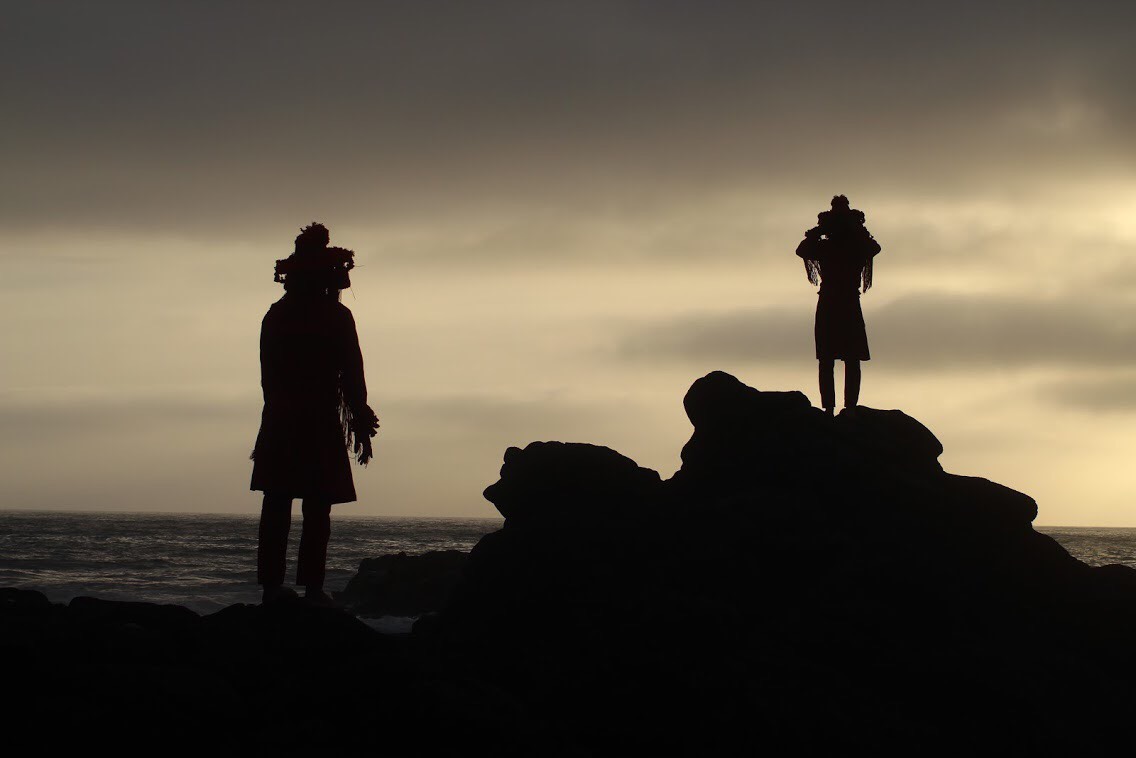
Which artist do you think Cortex should know about?
‘Amplio Espectro’ is an investigation of movement and installation project and they are one of the most attractive and powerful companies in México.
How do you think visual art and dance can be beneficial to society?
I strongly believe that all the wars and awful things that happen are because of the wrong direction of it. Dance and any other art forms are catalyst of it. We can focus our positive energy and practices in order to maintain or create magic in our humanity.
What is the best advice you’ve been given?
One day someone said to me, “be whatever you feel ,no matter how it looks to others” and so far it has been like that. The version and vision of who I am changes according to my physical and mental growth. But I will always stick to whatever I am passionate about and what defines me.
Edited and Interviewed by MATHEW PRICHARD
Photographs by NOHBORDS
